Super poly bait hives
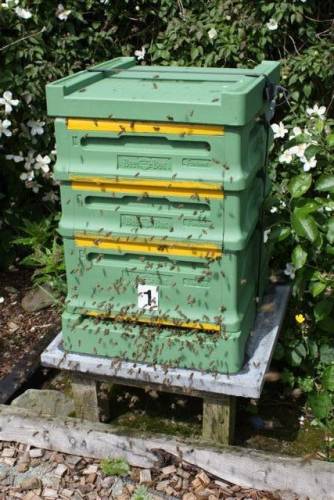
MB poly National
Shortly after they were introduced I purchased two of the poly National hives sold by Modern Beekeeping. These are well made but, in my view after using them for a few months, poorly designed. The poly is dense and strong, they have clever plastic frame runners and they are easy to assemble. I’ve kept bees in them for a couple of seasons and they did fine. However – for me – the negatives of these hives far outweigh the positives. They have handles on all four faces of the boxes which, together with the manufacturers name, means painting them takes ages. Much more significantly, the boxes can only accommodate 10 frames and are too narrow. The frame lugs of a standard National frame are tight against the sidewalls making it almost impossible (once there’s a bit of propolis added to the mix) to slide the frames across the hive during inspections.
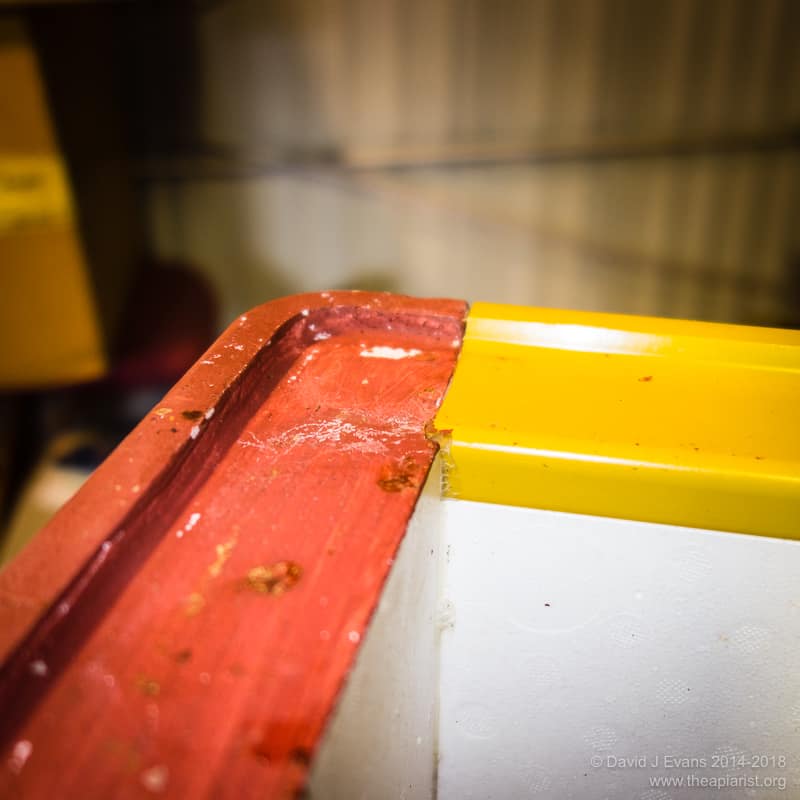
The dreaded overhang …
To make matters worse, the boxes have an “overhang” where they join. Although this presumably helps prevent water ingress it also makes stacking supers on top of brood boxes packed with bees a recipe for death and destruction. It’s not possible to offer the box ‘on the squint’ and then rotate it into place. Furthermore, the overhang prevents you even seeing the bees you’re about to slaughter. Of course, the overhang also means the kit isn’t easily mixed with standard wooden or Sweinty poly boxes. I did build a wooden shim that meant the supers could be used, but the beespace was messed up. At about £110 for a complete hive and a couple of supers these hives appeared reasonable value … but they actually represent possibly my biggest outlay on unsuitable kit ever 🙁
Snatching victory from the jaws of defeat …
The obvious solution was to flog the boxes to some unsuspecting novice. However, since the design problems would provide a particularly unrewarding start to beekeeping, I didn’t do this and they’ve sat piled in the corner looking a bit forlorn. The original floor, brood box and roof were pressed into service as a bait hive last year and worked well. The supers have simply been stacked up, unwanted and definitely unloved.
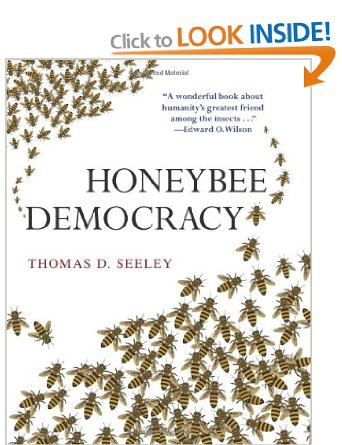
Honeybee Democracy
However, the combination of a bulk delivery of extruded, twinwall, fluted polypropylene (aka Correx, though it certainly isn’t going by the price I paid) and the ease with which it could be converted into very useful roofs for about £1.50 each, suggested a way to use the supers. Two stacked supers – at least of these slightly smaller than normal “National” boxes – enclose a volume of about 43 litres. Conveniently this is only slightly larger than the 40 litres recommended by Tom Seeley in his excellent book Honeybee Democracy. The addition of a simple floor from a piece of Correx (so much easier to write than extruded, twinwall, fluted polypropylene 😉 ) stapled together with some scraps of wood from the offcuts bin and including an integral entrance of about 10cm2, a crownboard from strong polythene sheet and a Correx roof make a perfectly serviceable bait hive for the coming season.
- Ready …
- Steady …
- Go …
In due course I’ll add a single tired old brood frame (I save these from the previous year, treated with DiPel [Bacillus thuringiensis sp. kurstaki spores] to prevent wax moth damage) containing no stores or pollen, which would simply attract robbers. The smell of ‘old bees’, perhaps coupled with a couple of drops of lemongrass oil along the top bar, is a strong attractant to scout bees from a swarm looking for a new home. I’ll fill the boxes with foundationless frames so that an incoming swarm can start building new comb immediately. These frames barely reduce the internal volume but provide guides for the bees to build parallel comb, thereby making it unnecessary to check whether the bait hives have been successful quite as frequently as you otherwise need to (unless you like sorting out the wild comb they’ll otherwise build from the roof).
Floor detail … what could be simpler?
- Bait hive floor
- Outside …
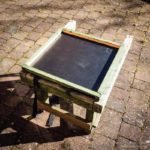
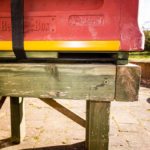
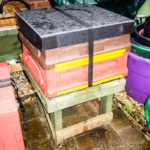
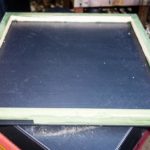
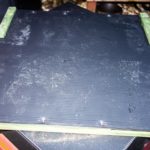
Join the discussion ...